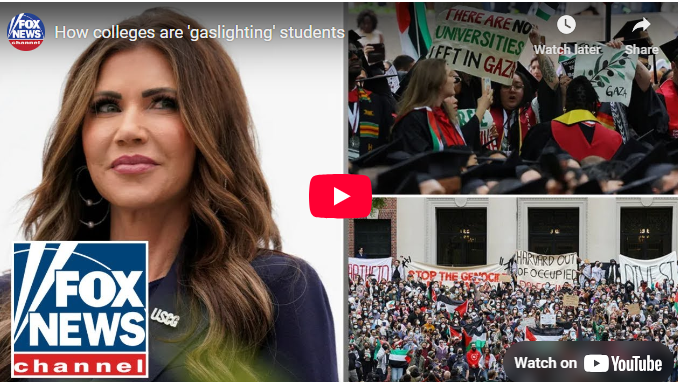- How Colleges Are ‘Gaslighting’ Students: A Closer Look at Campus Reality
- The Meaning of ‘Gaslighting’ in Higher Education
In recent years, the term gaslighting—a psychological manipulation tactic that causes someone to question their reality—has become more widely used to describe troubling trends in higher education. Critics now argue that many colleges and universities are gaslighting students, not in personal relationships, but through policies, messaging, and campus culture that distort reality, suppress dissent, and undermine critical thinking.
One major concern is the increasing disconnect between what colleges promise and what they deliver. Institutions promote themselves as places of open inquiry, free speech, and intellectual diversity. However, students often find that expressing unpopular or politically incorrect views can lead to social ostracism, disciplinary action, or mandatory sensitivity training. This contradiction between stated values and actual practice leads students to question whether they are genuinely allowed to think for themselves—or if only certain viewpoints are welcome.
Moreover, some universities are accused of gaslighting students by redefining harm and trauma in ways that conflate discomfort with actual danger. For example, labeling a guest speaker or controversial opinion as “violence” distorts reality and encourages students to view disagreement as personal attack. This can lead students to feel fragile, disempowered, and less prepared to navigate the complexities of the real world where conflicting opinions are the norm.
Administrative decisions around tuition, student debt, and campus safety also contribute to the feeling of being gaslit. Colleges often tout rising costs as investments in a student’s future while offering little transparency about how funds are used. At the same time, many students graduate burdened by debt and underprepared for the job market. When institutions present a glossy narrative of “value” and “career readiness” while alumni struggle financially, it fuels feelings of betrayal and mistrust.
Another form of academic gaslighting comes in the handling of campus crises. Whether related to crime, free speech controversies, or mental health incidents, some administrators downplay issues to preserve the school’s public image. Students are often told that “everything is under control,” even when they experience or witness the opposite. This mismatch between lived experience and official narrative can leave students feeling confused, silenced, or invalidated.
In the classroom, academic bias can further complicate matters. Some students report feeling pressured to agree with professors’ political or ideological views to avoid grade penalties or peer backlash. When this happens under the guise of academic rigor, it distorts the educational mission and undermines the trust students place in the institution.
It’s important to note that not all colleges are guilty of these practices, and many faculty members and administrators are working hard to uphold the principles of education. However, the growing perception that students are being manipulated, misled, or discouraged from independent thought is causing a cultural shift. More students, parents, and watchdog groups are calling for transparency, intellectual pluralism, and a return to genuine academic inquiry.
In conclusion, the allegation that colleges are gaslighting students reflects deeper concerns about the integrity of higher education. For colleges to regain trust, they must align their values with their actions, foster open dialogue, and respect students as capable adults rather than ideological projects to be managed.


